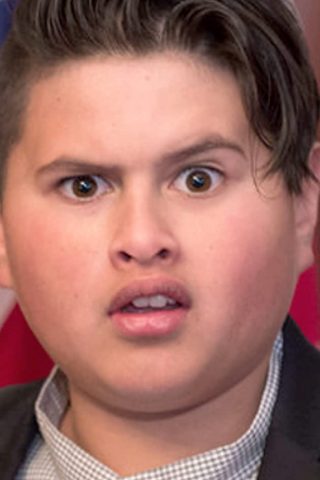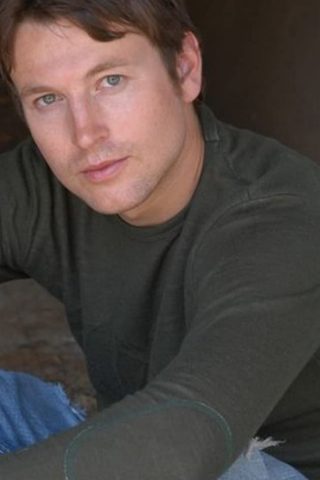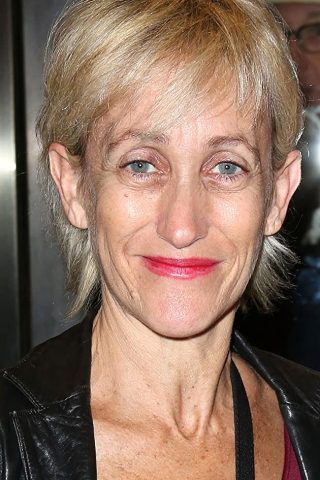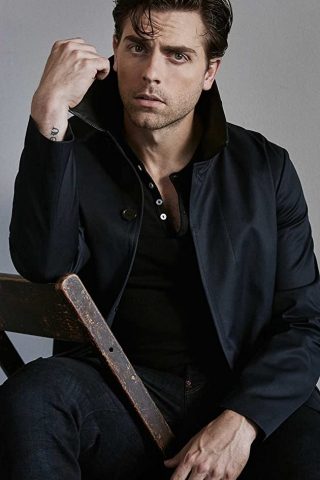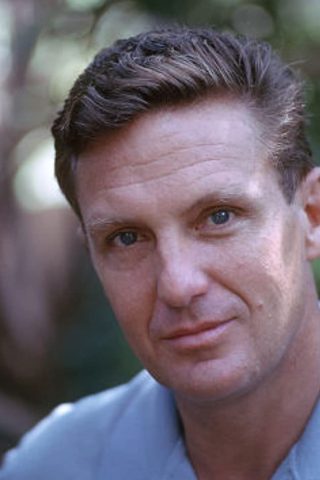
| Name | Robert Stack |
| Phone |  |
| Email ID |  |
| Address |  |
| Click here to view this information |
“Straight Shooting” – whether skeet shooting, or portraying Eliot Ness, Robert Stack always tells it like it is, and shoots straight. Robert was the second child of Elizabeth Modini Wood (who named him Charles after his grandfather) and James Langford Stack (who changed his name to Robert, after no one in particular). Even though Robert was born in Los Angeles, since his parents divorced when he was one-year-old, and his mother took him to Europe when he was three, he could not speak English until he was six; (his older brother James Langford Jr., stayed in the United States with their father). Robert spoke fluent Italian and French, but had to learn English when they returned to Los Angeles. His mother and father remarried in 1928. Robert took drama courses at USC. He was not interested in team sports, so he took up skeet shooting. In 1935, he came in second in the National Skeet Shooting Championship (held in Cleveland) and, in 1936, his 5-man team broke the standing record at the National Skeet Championships (held in St. Louis).
Robert arrived at Universal City Studios in 1939, when the movie studio (once riding high on the successes of movies like Dracula (1931) and Frankenstein (1931)) was in financial trouble, and looking for a superstar. That superstar was Deanna Durbin (acquired from MGM), and Robert made his screen debut as her lover in First Love (1939). At first, Robert did not want to listen to the makeup man who had told him, “no blond has ever made it as a leading man”, and insisted on dyeing his hair black and uncurling it. That makeup man was genius and Oscar winner, Jack P. Pierce (who had done all the monsters for Universal), and Robert became a matinee idol, overnight. After two more movies, Robert was teamed with Deanna again, in Nice Girl? (1941). Robert was now a bona-fide star, but Universal was still only paying him $150 a week. For the next 10 years, Robert did Westerns, war movies and romantic comedies.
Robert has particularly fond memories for Bullfighter and the Lady (1951), a movie produced by his friend, John Wayne, which meant 12 weeks filming in sunny Mexico. The movie had a great script; unfortunately, two bullfighters were gored while filming. There were several weeks of delays, they could not get a crew or a sound stage, until they realized that, in Mexico, it is necessary to bribe the local union; some money was passed and filming started, immediately. There were wild times, and lots of tequila. Robert became a local legend; when some Mexicans asked him what he did in the War, Robert said: “I taught machine gun”. The rumor spread: “Roberto teaches chingas!” (that’s Spanish for “hookers”). In 1952, Robert made movie history (much like Al Jolson had done in 1927, being in the first “talkie”) – he starred in Bwana Devil (1952), the first 3-D movie. This gave startling effects to the story, which was based on real-life lion attacks in Africa.
Robert attended the premiere, and recalled people’s reactions to the 3-D lion scenes: “People in the audience jumped out of their seats, some even fainted.” The movie broke box office records, and immediately started the demand to film more movies in 3-D (such as House of Wax (1953)). Around 1955, Robert (Hollywood’s most eligible bachelor) was introduced to Rosemarie Bowe, by mutual agent Bill Shiffrin. Rosemarie had been under contract to MGM and Columbia, making such movies as Million Dollar Mermaid (1952) and The Golden Mistress (1954). Robert and Rosemarie got married around 1957, and had two wonderful kids: Elizabeth Stack and Charles Stack. The perennial bachelor found out he liked being married and being a father. Robert’s onscreen fame had grown and, for Written on the Wind (1956), he received an Academy Award nomination. Unfortunately, this did not sit well with 20th-Century Fox, which had Robert under contract, and had lent him to Universal for this picture.
Robert talks of a few run-ins with a mystery woman he calls “Deirdre”, which cost him his next plum movie role. Although he gives her this pseudonym, he drops over a half dozen bits of information about her… she was from the South, under contract to MGM, married a young actor, had an interest in bullfighters, and (refusing to work with Robert Stack) starred with Tyrone Power and Errol Flynn in a movie about a post-World War I “lost generation”; (which could be The Sun Also Rises (1957), and the mystery woman could be Ava Gardner). His contract with Fox came to an end. And so, Robert made the transition to the new medium that was sweeping the country: television. He delivered breakout performances in his signature role as T-man (Treasury agent) Eliot Ness on the wildly popular television series, The Untouchables (1959) which, after the pilot, ran for four seasons (118 episodes). And there was also the television movie, The Scarface Mob (1959).
There were some funny behind-the-scenes anecdotes, such as this one: there is no scene which stood out more as the most potentially evil, and risky in terms of audience acceptance, as the “bacio di morte” (kiss of death), the Sicilian gesture when the Capo (Neville Brand) kissed a Mafia soldier (Frank DeKova) to send him out as an executioner. These two macho actors were nervous enough about this scene (two guys had never kissed on television before), but then some crewman decided to be a prankster and told each star, in private, just before filming, “look out — your co-star likes kissing guys” (a complete deception, of course). There were some sad anecdotes: Joseph Wiseman was a fine actor, but trained to work on the New York stage with props; he was not accustomed to real Hollywood sets. In a 1960 episode of “The Untouchables”, he was supposed to take an axe and smash up a brewery. He hit a real pipe, the axe ricocheted off the metal, and cut through his Achilles tendon.
“I never felt so sorry for anyone in my life”, Robert commented. They wrote a role for Joseph as a crippled, renegade chemist a few weeks later in “The Antidote” which Robert noted “was one of our half-dozen top shows”. Robert went on to do television series, such as The Name of the Game (1968) alternating lead with Gene Barry and Anthony Franciosa then later Most Wanted (1976), and he pleasantly surprised everyone with his flair for comedies in movies like 1941 (1979) and Airplane! (1980). Robert was the host of Unsolved Mysteries (1987) and did more zany humor in Caddyshack II (1988), Beavis and Butt-Head Do America (1996) and BASEketball (1998). He also provided the voice of the character Ultra Magnus in The Transformers: The Movie (1986). He even portrayed the no-nonsense G-man, again, in The Return of Eliot Ness (1991). Truly one of the greats, a fine gentleman and a great actor, Robert Stack died at age 84 of a heart attack on May 14, 2003 in Beverly Hills, California.
Details
Robert Stack Keywords
Robert Stack Contact Details, Robert Stack Facebook, Robert Stack Instagram, Robert Stack Phone Number, Robert Stack Cell Phone, Robert Stack Address, Robert Stack Whatsapp Number, Robert Stack Whatsapp Group, Robert Stack Email, Robert Stack Phone Number 2020, Robert Stack Twitter Account

